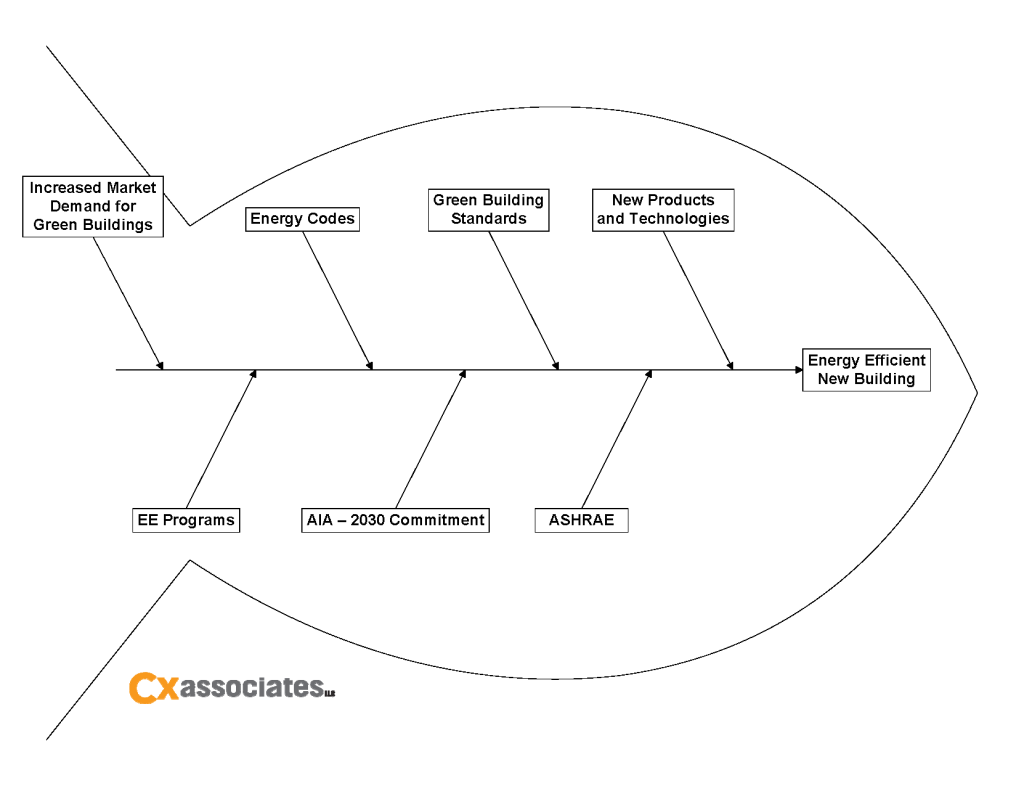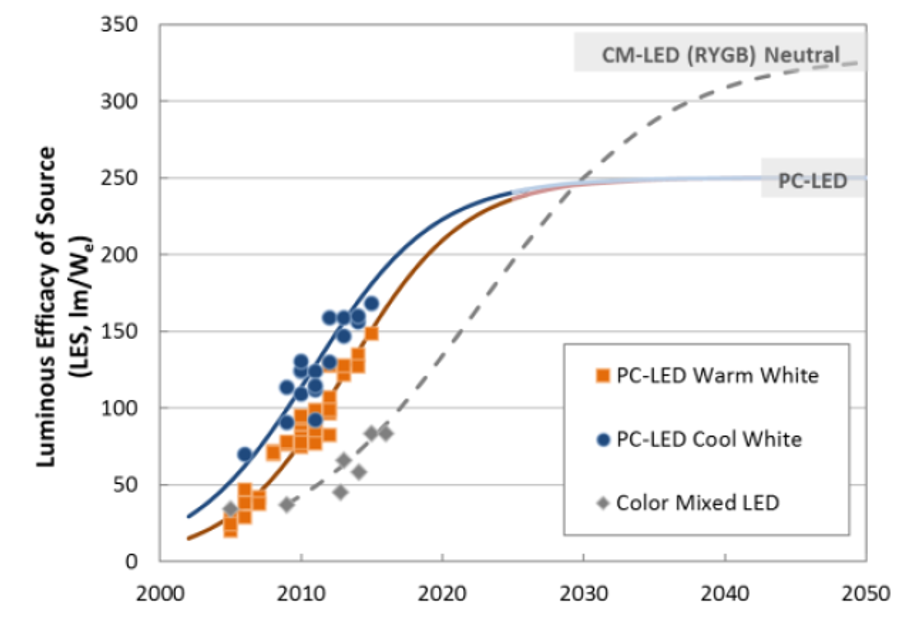The purpose of energy efficiency programs is to cost effectively generate market demand for energy efficiency that would not be achieved without market intervention. An energy efficiency process evaluation investigates the effectiveness of programmatic interventions through qualitative and quantitative analysis. Marrying the analytical engineering-based approach of impact evaluation with the typically more social science orientation of traditional process evaluation can generate useful, actionable results to help program administrators improve market interventions to increase participation, depth of savings, and market transformation.
3 min read
Using Market Smarts to Enhance Energy Efficiency Program Evaluation
By Jennifer Chiodo on May 30, 2018 2:30:00 PM
Topics: Energy Efficiency Evaluation Measurement & Verification (EM& Program Consulting Efficiency Program Program Evaluation
10 min read
Quantifying Benefits of Passive Solar Heating Technology
By Gretchen Schimelpfenig on May 23, 2018 10:42:34 AM
For eons, humans have used thick, thermally massive walls to store the heat of the day and to warm their homes at night. Due to America’s persistent dependence on fossil fuels, passive solar walls enjoyed brief mainstream popularity during the fuel crises of the mid-20th century, and residences across the country benefited from reliable, renewable heat. As gas prices declined, so did homeowner and developer enthusiasm for these low-energy systems. As we face a massive climate change calamity and most residential heating systems today are still served by volatile fossil fuels, it is time we revisit and incorporate passive solar technologies into our new buildings and renovations.
Topics: Sustainability Green Building Energy Efficiency renewable solar energy passive solar
5 min read
Is Electrification of Space Heating a Positive Step?
By Eveline Killian on May 16, 2018 11:30:00 AM
When I started in the energy efficiency profession 20 years ago, the object of my job was to reduce electric demand on the grid. This was to be accomplished through energy efficiency and a strong emphasis to fuel switch equipment from electric to fossil fuels (specifically electric heat to natural gas or oil heat). At the point of use (our building), traditional electric heat is 100% efficient, meaning 100% of the electricity within our building is transferred into heat within our building. But the electric generation (at the power plant), and the transmission, and distribution process makes the entire process about 30% efficient. This means an oil or natural gas heating system, operating at approximately 80% efficiency at point of use, is inherently more efficient than traditional electric heat given the current electric grid generation mix. Heat pumps, however, have changed this calculation, with heating efficiencies of over 300%. Thus, the world is changing back to electric heat through heat pumps (refer to Gretchen’s blog from February 2017, Heat Pumps Catered to Colder Climates; Will Increased U.S. Adoption Continue?). Is this a good thing? ‘Experts’ seem to agree that it is, but I have been curious to do this calculation myself as adding electric load to the grid goes against my deep-rooted mindset.
Topics: Standards and Metrics Energy Efficiency Building Performance & Technology
3 min read
The Importance of the Project Coordinator Role in Building Commissioning
By Rachael Straub on May 9, 2018 9:50:00 AM
The title of Project Coordinator, as well as Project Manager, is ubiquitous in most industries, but also rife with preconceptions that stem from an individual firm or team’s experience with the role. I was hired at Cx Associates as a Project Coordinator, filling a position that had existed before my arrival. My role was 1/3 Project Coordinator and 2/3 administrative support for at least a year. As a Project Coordinator, I learned how to coordinate measurement and verification of incentivized energy efficiency projects, among other things.
Topics: Building Cx & Design Review Workplace & People
3 min read
Earth Week - It's Not Enough
By Jennifer Chiodo on Apr 25, 2018 10:00:00 AM
First, let me acknowledge that my own life is harming the planet on which we live. I drive a car, I buy stuff packaged in plastic, I have pets – all things that I know to have a negative impact on the planet that sustains me, my family, my friends, and everyone else.
Topics: Sustainability
6 min read
Measuring the Openness of the Building Automation System Industry
By Rick Stehmeyer on Apr 18, 2018 2:25:00 PM
The floor was packed with a bustling crowd, filled with people from every branch of the Heating Ventilating and Air Conditioning (HVAC) industry. They were making contacts, meeting friends, and checking out the latest and greatest technologies. There were young professionals eager to experience what the industry has to offer. They were seeing the current state of the art but also thinking about the future as they pass vendors strutting their stuff. Everywhere you looked, there were folks dressed smartly, representing their products with a smile and a handshake. Everyone was boasting about their latest tech, itching to perform the ritual tchotchke handoff in the hopes that someone will remember their product and give them a call after the dust settles. All of this was housed at a convention center so large it has its own bus port and ceilings so high they make your local Walmart superstore look like a tent at a county fair.
Topics: Building Performance & Technology
4 min read
Rack-Mounted Load Banks for Data Center Load Testing
By Ben Fowler on Apr 11, 2018 3:04:41 PM
Commissioning of mission-critical data center systems is essential to ensure highest system availability through different phases of operation – at the outset of operations, down the road at full system buildout, and, later, when systems begin to age.
Topics: Building Cx & Design Review
3 min read
Energy Management: Turning Vision into Action
By Eveline Killian on Apr 4, 2018 1:07:00 PM
Vision without action is a daydream. Action without vision is a nightmare.
I received an email with this tag line and it struck me as profound. A business cannot operate efficiently and effectively without a clear vision of its future and a road map of the steps to obtaining that vision. A business owner must constantly ask: what aspects of the business are going to change, how are they going to change, and what is going to stay the same? Am I riding on top of the wave that is my business paradigm, or am I getting toppled over by the wave and left behind?
Topics: Energy Efficiency Building Performance & Technology
6 min read
The Right Light for Your Building: Designing and Commissioning Wireless Lighting Controls Systems
By Gretchen Schimelpfenig on Mar 28, 2018 3:21:54 PM
Lighting control systems have become more ubiquitous in recent years. Whereas five years ago, sophisticated lighting control schemes were the realm of a few performance venues, nowadays your neighborhood grocery store uses wireless lighting controls that can be complex to calibrate and require attention to detail from design through to occupancy. Commissioning is vital to ensuring that installed equipment operates as designed and provides adequate light levels and indoor environmental quality, and user controls function as intended.
Topics: Building Cx & Design Review Standards and Metrics Energy Efficiency
3 min read
Israel: A Country Reaching for Sustainable Solutions
By Katie Mason on Mar 22, 2018 3:59:10 PM
I recently returned from a fascinating trip to Israel. My trip covered a large portion of the country, which is a little larger than New Jersey. Being able to drive to different areas gave me the opportunity to take in all the amazing features in both rural and urban settings. Although traveling for pleasure, this trip turned into a captivating educational experience. In addition to the history lesson, I learned about Israel’s approach to remaining sustainably sound, even in a desert climate. There are many technologies and processes used in other countries that originated in Israel. This blog post will discuss several of the sustainability challenges Israel faces and how the country has conquered these challenges, including some of the technologies that came out of these adversities.










